Supervisor
Professor Jim Wild
Description
The earth’s magnetic field presents an obstacle to the solar wind, the stream of magnetised sub-atomic particles constantly flowing away from the Sun. A cavity in the solar wind, known as the magnetosphere, is formed inside which the geomagnetic field and plasma of terrestrial origin dominate. The size and shape of the magnetosphere is highly variable, with the location of the boundary (the magnetopause) being controlled by various factors, including the pressure exerted by the solar wind and magnetic reconnection between the magnetospheric magnetic field on one side of the boundary and the interplanetary magnetic field embedded in the solar wind on the other side of the boundary. At 1 AU (the distance of the Earth from the Sun), the solar wind typically flows with speeds between 300-400 km s-1, but during intervals of high-speed solar wind flow, it can exceed 700 km s-1. Such variation in the flow speed, combined with significant variations in solar wind density, mean that the dynamic pressure exerted on the magnetosphere can vary between 1-10 nPa, compressing the dayside magnetopause earthward by tens of thousands of kilometres during periods of enhance solar wind dynamic pressure.
Since the beginning of the space age, several satellite missions have been used to study the location of the magnetopause and its dependence on a subset of upstream solar wind conditions. This has led to the development of various empirical models that describe the location of the magnetopause. Many of the measurements have come from spacecraft orbiting close to the Earth’s equatorial plane and the models assume that the magnetopause has a hyperbolic shape and is cylindrically symmetric about the Earth-Sun line to describe the magnetopause location. However, this is almost certainly not the case since the geomagnetic field is structured differently in the latitudinal and longitudinal directions such that the magnetosphere is unlikely to have a perfectly circular cross section.
In this project, you will exploit a 20+ year dataset from the European Space Agency’s Cluster mission to study magnetopause locations under the full range of solar wind conditions experienced in the last two decades. The Cluster mission consists of four identical spacecraft each equipped with a suite of field and particle sensors. Crucially, the spacecraft orbit the Earth in inclined (polar) orbits meaning their trajectories intersect the magnetopause across a much wider range of locations compared to satellites in equatorial orbits. You will be able to investigate the shape and size of the magnetopause, develop new magnetopause models and investigate how these compare to pre-existing models based on alternative datasets.
As a PhD student in Lancaster’s Space and Planetary Physics (SPP) group you will conduct cutting-edge research in the company of world-leading scientists. You will develop and exploit skills in computer-based data analysis and interpretation of satellite data products. To facilitate this will receive a programme of training in the scientific and technical background required to conduct your research, and in the written and oral presentation skills required to disseminate your results to the international scientific community and general audiences. Applicants should hold a minimum of a UK honours Degree at 2:1 level or equivalent in a subject such as Physics or Geophysics.
Funding is available on a competitive basis. To be considered for a funded studentship, please submit your application by 31st January 2025.
Supervisor
Dr Maria Walach
Description
Earth’s magnetosphere-ionosphere-atmosphere system is driven by the solar wind and coupled through plasma dynamics and global electromagnetic fields. This coupled MIA system can be understood as a dynamic network of interacting parts. Distinct regions in space (e.g. radiation belts, plasma sheet, ionosphere, neutral atmosphere) are connected via the Earth’s magnetic field. Measurements of the dynamics in each region exist but these are often point measurements of dynamic processes that vary across space and time. A major challenge is to make sense of vast measurement databases and build an integrated understanding of the dynamics. Modern machine learning methods such as Graph Neural Networks can help us solve these problems to make sense of the data chaos.
You will use machine learning methods on different types of measurements (e.g. ground-based radar and magnetometer measurements) as well as measurements from spacecraft missions to infer the links between the electrodynamics of different regions in space surrounding Earth. Your PhD project will exploit link prediction and clustering of data to evaluate physical links between distinct regions in space, and other methods to understand our dynamic system.
A minimum of a 2:1 UK honours degree or equivalent is a requirement. It would be beneficial to have a mathematics/computer science background with an interest in space physics, or a physics background with an interest in machine learning. Prior programming knowledge would be highly beneficial, alongside a passion for research, and an inquisitive attitude.
Please contact Maria Walach (m.walach@lancater.ac.uk) for further information.
Funding is available on a competitive basis. To be considered for a funded studentship, please submit your application by 31st January 2025.
About the Project
Supervisors: Dr Thomas Jones (Earth Science & Physical Geography, Lancaster Environment Centre) and Dr Maria-Theresia Walach (Space and Planetary Physics Group, Astrophysics, Department of Physics)
cy bodies within our solar system represent prime candidates for extraterrestrial life. These bodies (e.g., Europa, Enceladus, Triton) have a solid ice shell/surface crust with an underlying liquid ocean that may support life. On all icy worlds, cryo-volcanic eruptions occur when the surface crust is breached, and a jet of water vapour and ice is expelled into the atmosphere. However, we currently lack good physical models of these jets and associated plumes.
In this PhD project you will perform laboratory investigations in the multi-million-pound Geophysical Fluid Dynamics labs at Lancaster. You will use a novel set of analogue experiments scaled for different gravity conditions and different atmospheres to unravel the jet/plume dynamics on different icy bodies and uncover information about the dispersed plumes, which is critical information for space missions. Lastly, you will test these new insights with remotely sensed observations on selected bodies by mapping the plume deposits.
General eligibility criteria: Applicants would normally be expected to hold a minimum of a UK Honours degree at 2:1 level or equivalent in a relevant degree course.
Project specific criteria: The ideal candidate will have an interest in planetary science and conducting laboratory experiments. Applicants may have a range of backgrounds from physics, environmental sciences, maths and engineering. No specific subject knowledge is needed to apply for this PhD, subject training and support will be provided as part of this interdisciplinary project.
Funding
A tax-free stipend will be paid at the standard UKRI rate; £19,237 in 2024/25. This is a fully funded studentship of 3.5 years for UK/Home students.
How to Apply
Interested applicants are welcome to get in touch to learn more about the PhD project. Please contact Dr Thomas Jones for more information.
- Please complete the Natural Sciences Funded PhD Application Form
- Please submit your CV and two references to naturalsci@lancaster.ac.uk as Word or PDF files.
- You will receive a generic acknowledgement in receipt of successfully sending the application documents.
- Please note that only applications submitted as per these instructions will be considered.
- Please note that, if English is not your first language, you will be required to provide evidence of your proficiency in English. This evidence is only required if you are offered a funded PhD and is not required as part of this application process.
- Please note that, if you do not hear from us within four weeks of the closing date then you have been unsuccessful on this occasion. If you would like feedback on your application, please contact the supervisors of the project.
Dates
- Deadline for candidate applications: 28th April 2025
- Provisional Interview Date: May 2025
- Start Date: October 2025
Further Reading
- Hajimirza, S., Jones, T.J., Moreland, W.M., Gonnermann, H.M. and Thordarson, T., 2022. Quantifying the water‐to‐melt mass ratio and its impact on eruption plumes during explosive hydromagmatic eruptions. Geochemistry, Geophysics, Geosystems, 23(5), p.e2021GC010160.
- Soderblom, L.A., Kieffer, S.W., Becker, T.L., Brown, R.H., Cook, A.F., Hansen, C.J., Johnson, T.V., Kirk, R.L. and Shoemaker, E.M., 1990. Triton's geyser-like plumes: Discovery and basic characterization. Science, 250(4979), pp.410-415.
- Manga, M. and Wang, C.Y., 2007. Pressurized oceans and the eruption of liquid water on Europa and Enceladus. Geophysical Research Letters, 34(7).
- Manga, M. and Rudolph, M., 2023. Enceladus erupts. Physics Today, 76(1), pp.62-63.




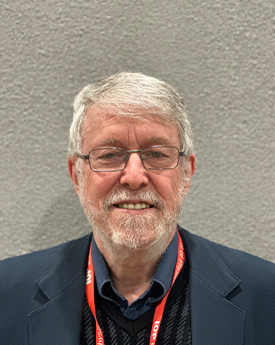










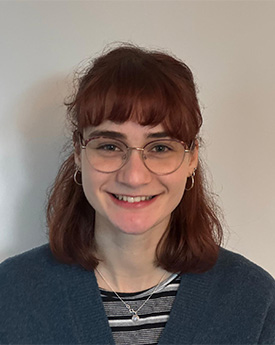


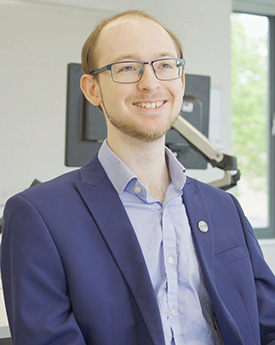


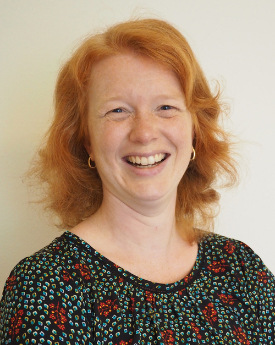


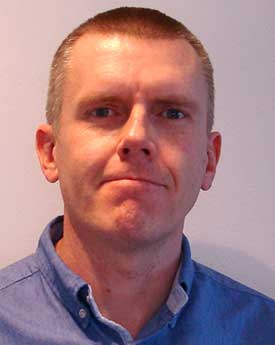
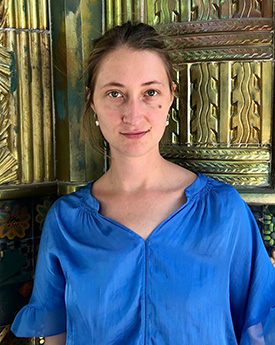



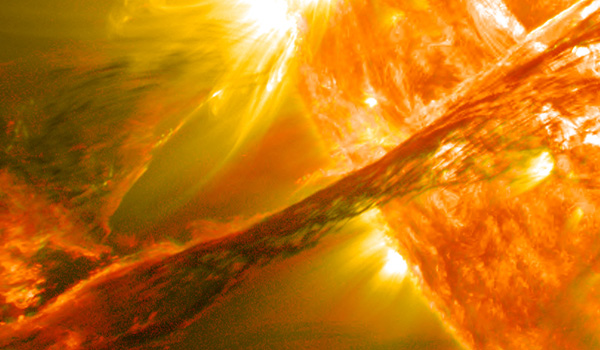
.jpg)